Eight years after Bangladesh launched an ambitious project to automate its customs bond system, aimed at streamlining raw material imports for exporters and curbing misuse, progress has been painfully slow. Only 70 of the country’s roughly 4,000 bonded exporters have fully adopted the online system, leaving most businesses stuck in manual approvals prone to harassment, delays, and corruption.
The customs bond facility—a cornerstone of Bangladesh’s export-led economy—allows 100% export-oriented industries to import raw materials duty-free, provided they store them in bonded warehouses and export the finished goods. While critical to keeping lead times short and costs competitive for the ready-made garment (RMG) sector, loopholes in the system have long fueled misuse, with duty-free imports often leaked into local markets.
Deadlines Missed, Misuse Persists
The National Board of Revenue (NBR) launched the Bond Management Automation Project in 2017, promising to shift the entire system online by 2021. The deadline has since been extended twice—most recently to December 2024—but full adoption remains elusive.
By March this year, despite NBR’s announcement that all Utility Permission (UP) approvals—the import entitlement for raw materials—would move online, nearly all exporters were still getting approvals manually. Meetings on March 13 and March 18 failed to yield a definitive timeline, and senior officials quietly admitted automation may not be completed this fiscal year.
As a result, irregularities remain rampant. Stakeholders allege that customs officials still delay files to extract extra payments, while unscrupulous businesses exploit weak oversight to offload duty-free imports into the domestic market. Former NBR chairman Md Nojibur Rahman previously estimated that misuse costs the government Tk 50,000 crore annually in lost revenue.
Software Gaps and Resistance
Officials cite multiple reasons behind the delays. The automation software was designed primarily with garments and accessories in mind, leaving industries such as leather struggling to adapt due to mismatched measurement units and HS code input issues. Accessories and footwear manufacturers say that critical functions—such as yarn usage formulas, payment modules, and stock tracking—are still missing from the system.
Resistance from within customs has also slowed progress. Industry insiders allege that sections of revenue officers, assistant revenue officers, and even commercial intermediaries oppose the system, fearing it would cut off unofficial income streams. Some businesses, too, have shown reluctance, wary of stricter monitoring under automation.
“The main problem is the NBR’s software. Even if 10 files are submitted for UP online, the system cannot process them,” said Md Shahriar, president of the Bangladesh Garment Accessories and Packaging Manufacturers and Exporters Association. “Revenue officers and certain businessmen do not want this system. Their ‘business’ will suffer.”
High Stakes for Export Competitiveness
Since the 1980s, the bond facility has been vital to Bangladesh’s rise as the world’s second-largest garment exporter. Nearly 90% of woven items, 45% of garment accessories, and 35% of knit items for the RMG sector are sourced via bonded imports. Without reform, however, the same system that once spurred growth risks becoming a drag on competitiveness.
Exporters complain that manual approvals fuel harassment, add hidden costs, and lengthen lead times—undermining the very advantage the bond facility was meant to provide. “Bribery collection has not decreased at all,” said Md Jahirul Islam, president of the Dhaka Uttar Bond Commissionerate Commercial Welfare Association.
NBR Eyes Stricter Enforcement
The NBR has responded with a two-pronged strategy: pushing ahead with automation while tightening penalties for misuse. Draft amendments to the bond law propose raising maximum jail terms from three to five years and significantly increasing fines.
At the same time, the revenue authority is piloting the Authorized Economic Operator (AEO) system, which would allow trusted exporters to transport goods directly from ports to factories through a “green channel,” bypassing routine inspections. Officials say the reform could cut clearance times, lower costs, and strengthen trade efficiency if implemented effectively.
NBR member Md Moazzem Hossain, who presided over the March meetings, insisted progress was still achievable. “Although about 70 to 80 institutions are now taking UP online, nearly 60% have completed preparations to onboard. If 80 institutions can do it, the rest will surely follow. We have no chance to back down from this,” he said.
Outlook: A Fragile Transition
For now, automation remains partial, and misuse persists. Businesses continue to exploit loopholes, customs officials are accused of rent-seeking, and exporters reliant on fast turnaround times face mounting frustration.
Yet the stakes are clear: full automation could transform the bond facility into a transparent, streamlined system integrating customs, banks, and exporters through a central database. Automated tracking of imports, warehouse stocks, and exports could sharply reduce illegal diversion of goods and ensure compliance through annual audits rather than daily manual approvals.
For Bangladesh—where export-led growth remains the backbone of the economy—the success or failure of bond automation will shape not only revenue collection but also the country’s ability to sustain its competitive edge in global markets.






